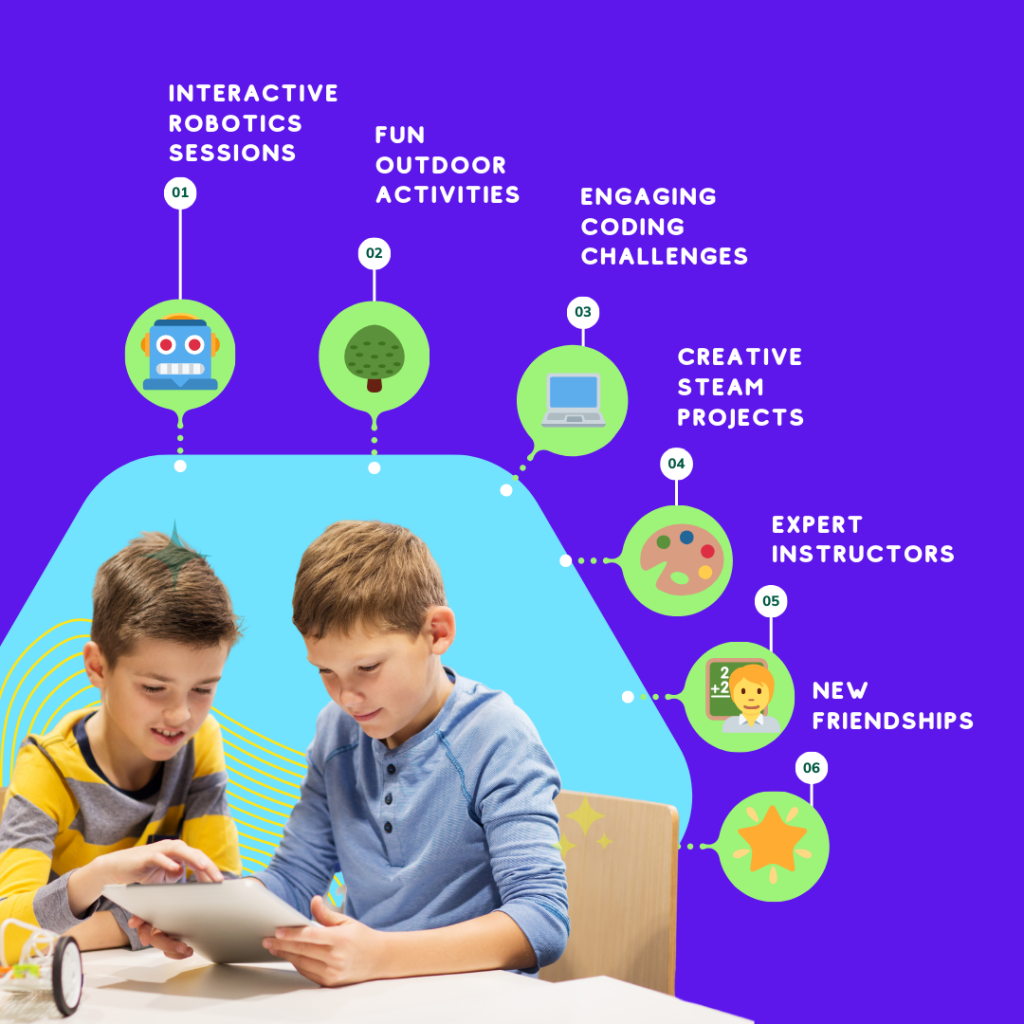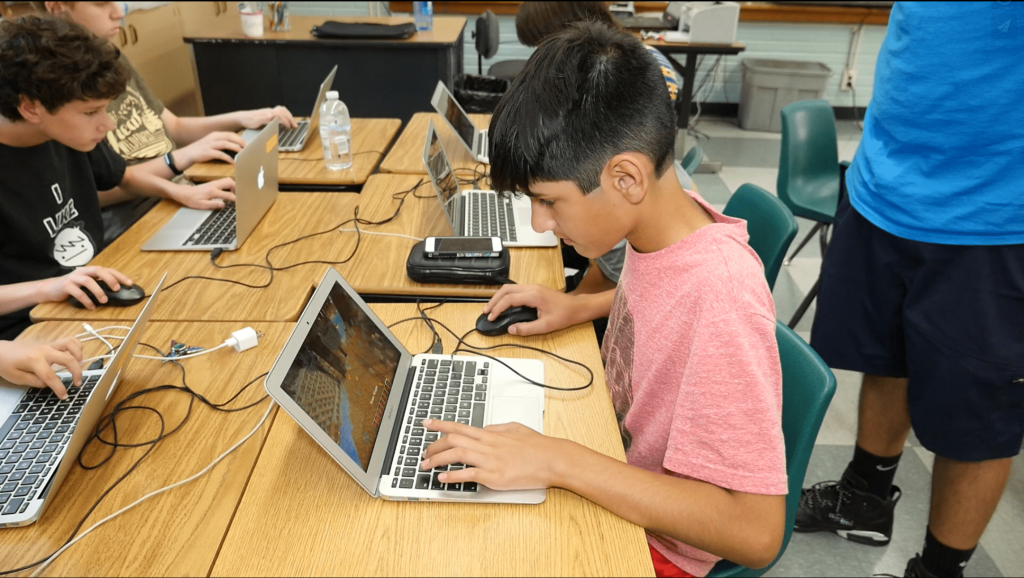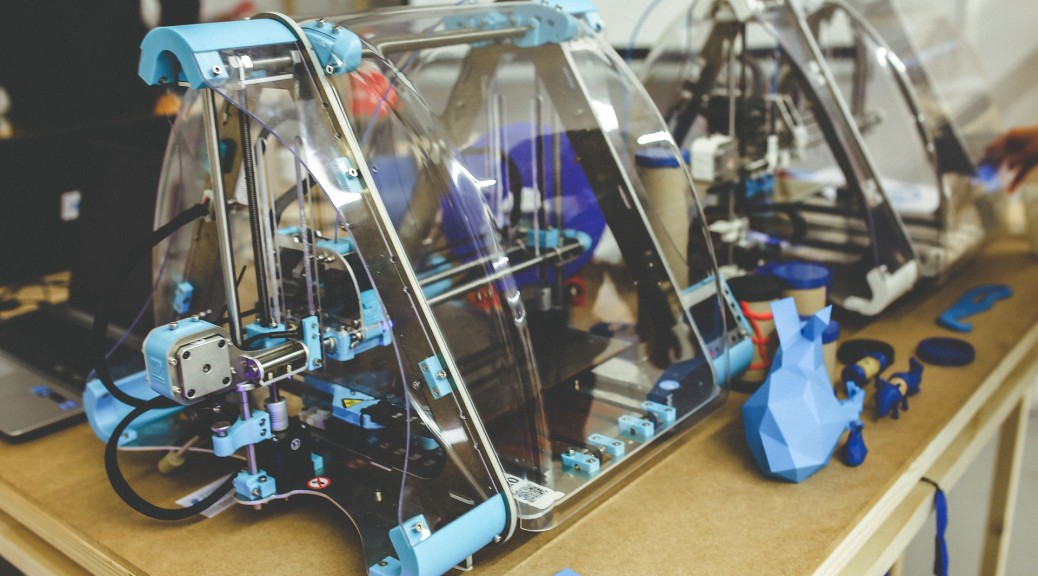And How It Prepares Kids for the Future
Discover why summer is the perfect season for kids to Learn STEM! Explore hands-on activities, summer camps, and how STEM can boost creativity, problem-solving, and future career success.
The Power of Summer Learning
Summer break isn’t just for fun in the sun—it’s also the best time for kids to explore STEM (Science, Technology, Engineering, and Math) in a stress-free, engaging environment. With schools out and schedules more flexible, kids can dive deeper into hands-on projects, coding, and robotics, setting them up for success in school and beyond. 🚀
1. No School Pressure = More Creativity & Exploration
During the school year, STEM subjects can feel rushed due to tight schedules and homework. In summer, kids have the freedom to experiment, explore, and make mistakes—an essential part of learning. Whether it’s building a robot, designing a game, or coding an app, summer provides unstructured time to develop real-world problem-solving skills.
2. Hands-On STEM Builds Confidence & Critical Thinking
STEM isn’t just about memorization—it’s about learning by doing. Studies show that hands-on learning increases retention by up to 75% compared to passive learning. Whether it’s coding a video game, designing a bridge, or launching a rocket experiment, summer camps provide immersive experiences that foster confidence, teamwork, and resilience.
3. Tech & STEM Careers Are the Future—Start Early!
By 2030, over 70% of jobs will require STEM skills. Summer STEM programs help kids develop coding, robotics, engineering, and creative problem-solving skills that prepare them for future careers in AI, cybersecurity, gaming, and more. Starting STEM early gives kids a competitive edge in a technology-driven world.
4. Outdoor & Group Activities Enhance Learning
Contrary to popular belief, STEM isn’t all about screens! Many summer STEM programs incorporate outdoor experiments, engineering challenges, and group projects that make learning social and active. Teamwork, communication, and leadership skills are just as crucial as technical knowledge!
Final Thoughts: Enroll in a Summer STEM Camp Today!
The best way to learn STEM? Join a STEM summer camp! Programs like CodeREV Kids offer fun, engaging, and skill-building experiences where kids can code, create, and collaborate with expert instructors. 🌟 Spots fill fast—reserve your child’s spot today!











